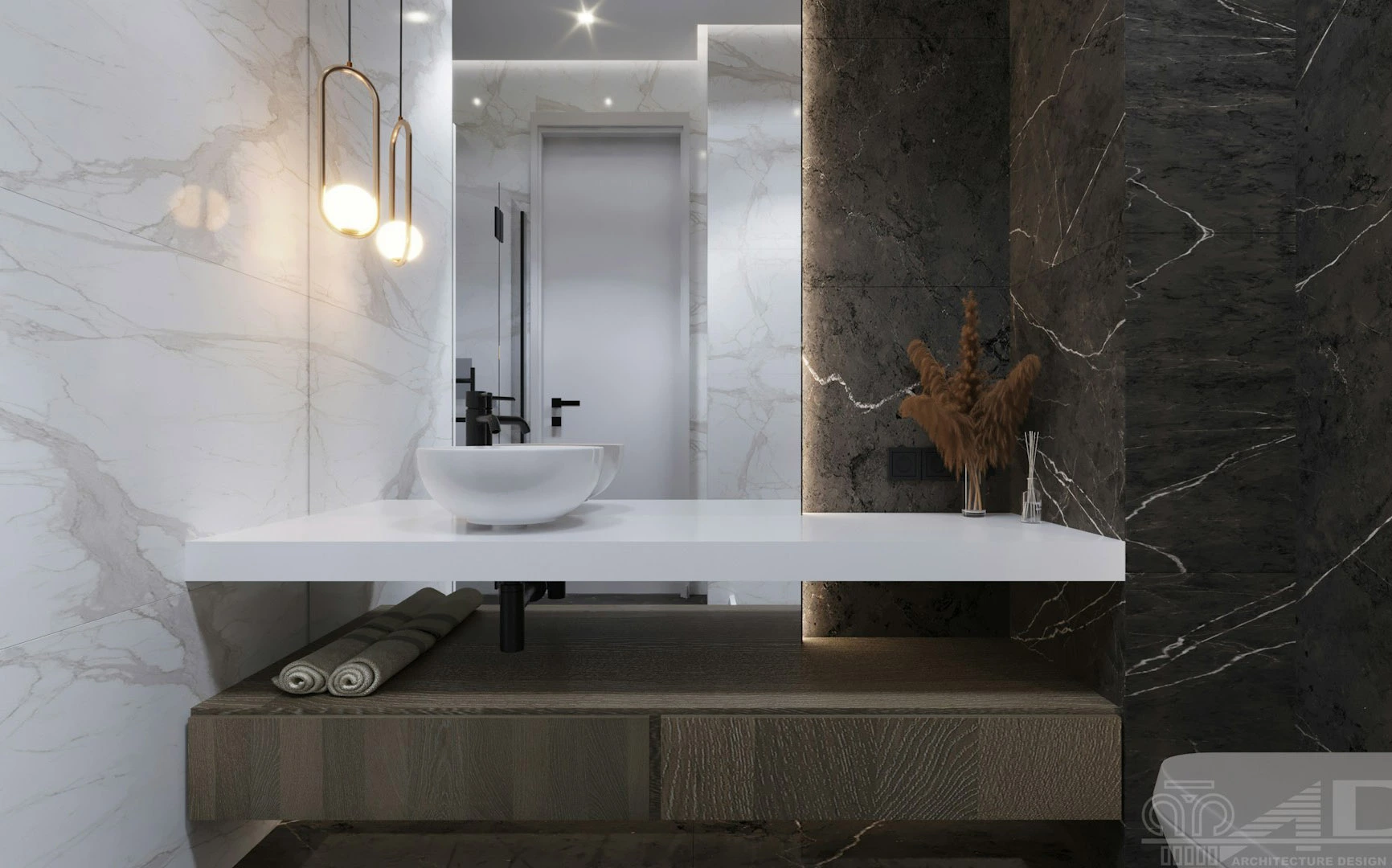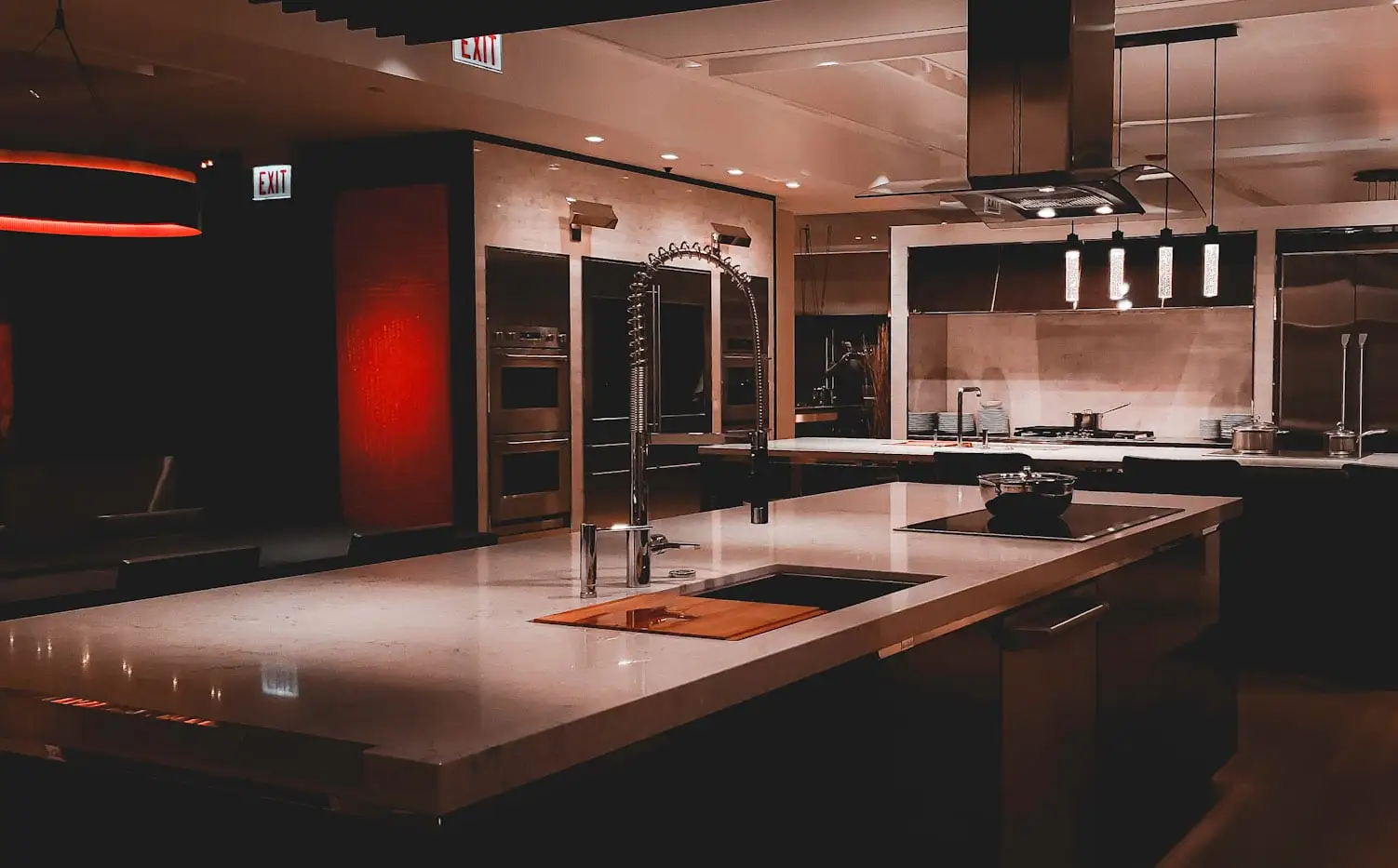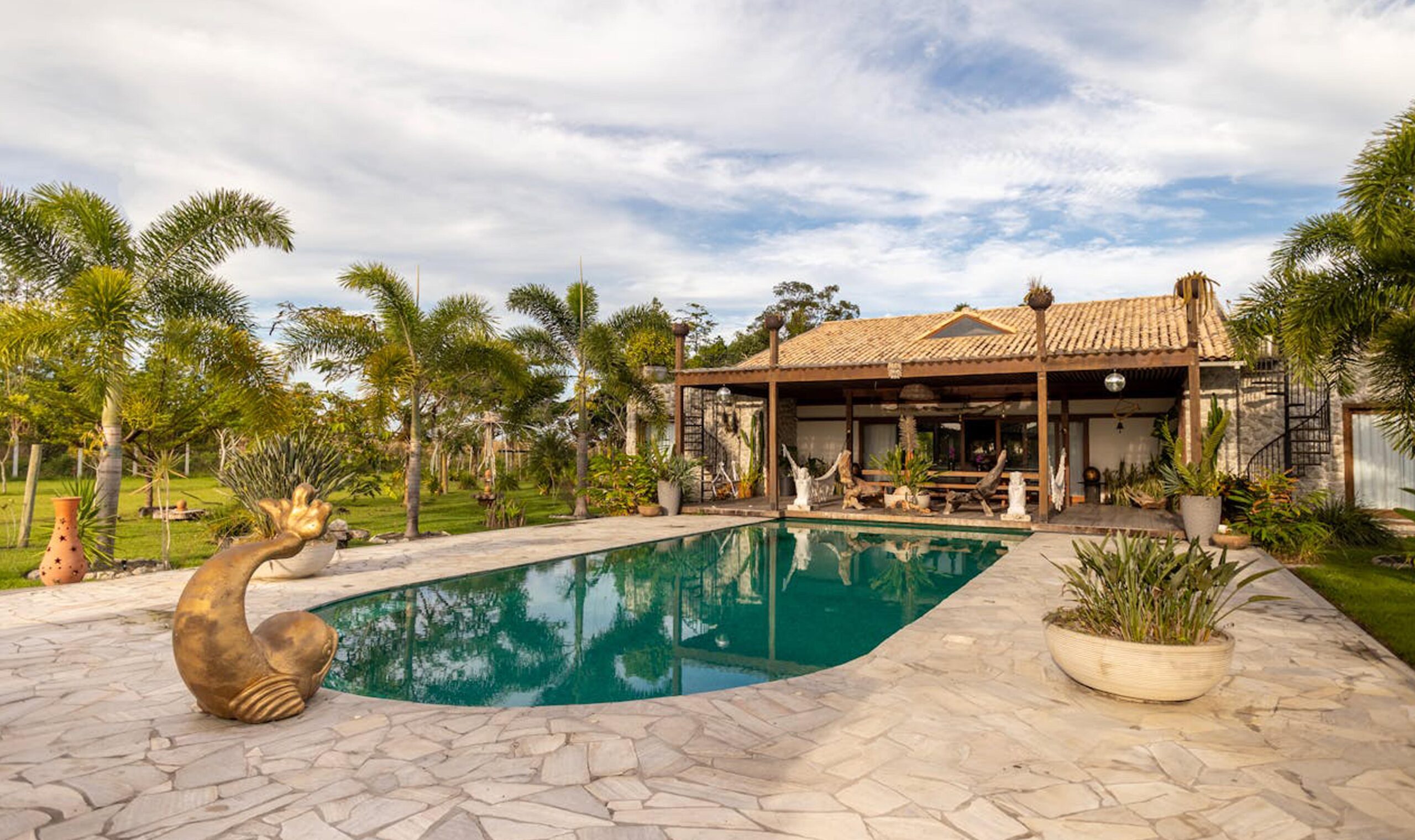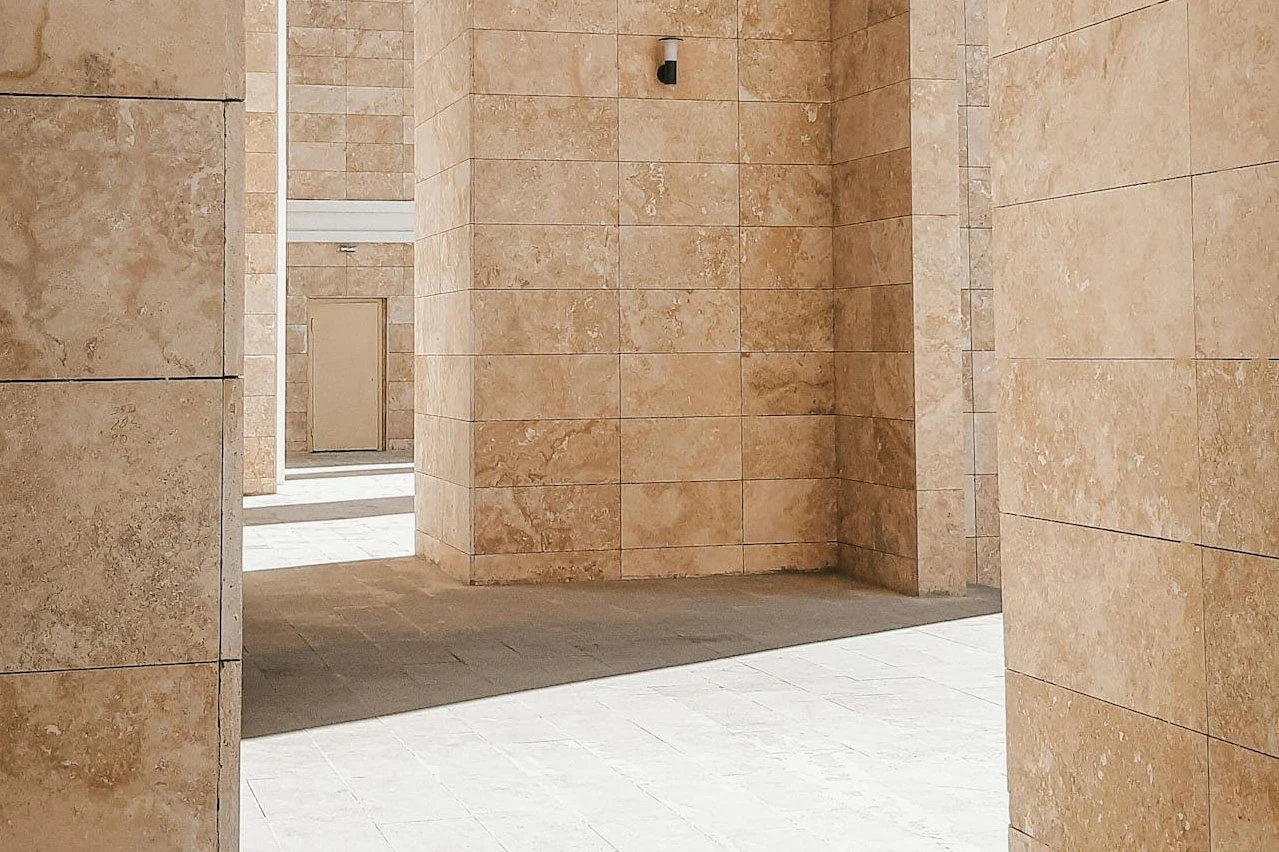From the Pyramids of Egypt to the polished marble of modern homes, stone has remained the cornerstone of architecture for millennia. In an age of rapid innovation and synthetic substitutes, stone continues to defy trends, outlast man-made alternatives, and elevate design with elegance and strength.
In this article, we explore why timeless stone architecture is not just about the past—but about building for the future.
🪨 1. Enduring Strength: Built to Last Generations
One of the key reasons stone remains a favored material is durability. Structures like Roman aqueducts, Incan temples, and ancient fortresses are still standing—thanks to the strength of natural stone.
Hardness: Stones like granite and basalt resist wear and tear
Weather resistance: Stone can handle harsh climates, from desert heat to freezing rain
Minimal maintenance: It needs little upkeep compared to wood or synthetic materials
Modern architects choose stone not just for looks, but for lifespan.
🌱 2. Sustainable and Environmentally Friendly
In today’s eco-conscious world, sustainability is non-negotiable. Stone is a natural, non-toxic, recyclable material that has a lower carbon footprint than many synthetic options.
No chemicals needed to produce
Readily available locally, reducing transportation emissions
Long life = less need for replacement
Whether reclaimed or newly quarried, stone contributes to green building standards and LEED certification in architecture.
🎨 3. Aesthetic Versatility: From Rustic to Modern
Stone is like nature’s art. Its textures, colors, and patterns are impossible to replicate perfectly in artificial materials. Whether your style is:
Rustic farmhouse
Sleek minimalism
Mediterranean warmth
Japanese zen
There’s a stone that fits the mood. Designers now mix stone with glass, metal, and wood for rich contrast in interiors and exteriors.
Keywords rising in search trends: “stone and wood modern homes”, “minimalist stone walls”, “natural stone for interiors”.
🧱 4. Symbol of Permanence and Power
Culturally, stone has long symbolized:
Stability
Wisdom
Sacredness
Think of sacred temples, statues, and grave markers. Even today, people subconsciously associate stone with legacy and prestige. That’s why luxury homes, museums, and embassies often use stone facades and marble floors.

🛠️ 5. Modern Innovations in Stone Craft
While ancient builders carved stone by hand, today we have:
CNC machining for precision stone cutting
Lightweight stone veneers
Precast stone panels for quick installation
3D stone printing (yes, it’s a thing!)
Stone is no longer heavy and hard to shape—it’s smart, sustainable, and future-ready.
🪨 Final Thought: Stone Is the Future in Disguise
While trends come and go, stone remains—quietly beautiful, incredibly strong, and naturally eco-friendly. Architects around the world are rediscovering its magic not for nostalgia, but because it works better than anything else.
So when you build with stone, you’re not just honoring the past—you’re building a legacy that lasts.


 Related Reads on Stoneman Magazine:
Related Reads on Stoneman Magazine:







